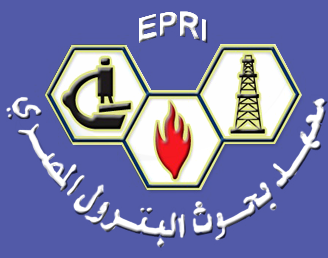Article Type
Research Paper
Abstract
Petroleum hydrocarbons are one of the most common groups of persistent organic pollutants in the environment. Plant remediation is a new technology in which resistant plants are used to remove or reduce the concentration of organic and mineral pollutants and dangerous compounds from the environment. The aim of this study is to investigate the effect of the Santolina plant on the removal of TPH from oil-contaminated soil at different concentrations. First, the soil was collected from around the Ahvaz oil field and contaminated with oil concentrations of 5%, 7% and 10% by weight. The amount of TPH was measured during four months with two repetitions and at five retention times. A GC device with a FID detector was used to determine the remaining TPH concentration. The results showed that 91% of the petroleum hydrocarbons in treatment with 5% oil pollution were removed by the Santolina plant in 120 days. The results of this study showed that the most changes in the microbial population in the 7% treatment was CFU/g in a period of 120 days. The results of this research showed that the Santolina plant has a high ability to remove oil pollution from contaminated soil.
Keywords
Santolina; oil pollution; total petroleum hydrocarbons; soil; bacteria
Recommended Citation
Tarighat, Hadi and Boustani, Peyman
(2024)
"Laboratory investigation of removal of total petroleum hydrocarbons from oil-contaminated soil using Santolina plant,"
Egyptian Journal of Petroleum: Vol. 33
:
Iss.
3
, Article 2.
Available at: https://doi.org/10.62593/2090-2468.1038
Creative Commons License

This work is licensed under a Creative Commons Attribution-NonCommercial-No Derivative Works 4.0 International License.







